|
Kara Vermaak. Provisional Psychologist As a parent, it's understandable that you want to be the best caregiver you can be for your child, but often parents find themselves busy, tired, overwhelmed and unable to connect with their children in the way they’d love to. It's important to remember that it’s not about being a perfect parent, but trying to be a more mindful parent. Being a mindful parent is about being present and compassionate with yourself and your child, and this takes practice. Practicing mindfulness as a parent can be a powerful tool for enriching your relationship with your child and fostering a deeper sense of connection and understanding. By being more present with your child and practicing non-judgmental awareness, you can create a safe and supportive space for them to explore and grow. Here are 3 steps to being a more mindful parent: 1. Practice self-care As a parent, it can be easy to get caught up in the demands of daily life and neglect your own wellbeing. However, taking care of yourself is essential for being a mindful parent. Make time for activities that nourish your mind and body, such as exercise, eating healthy, or spending time in nature. By prioritizing your own well-being, you'll be better equipped to be present with your children. 2. Practice active listening Mindful parenting involves being fully present and engaged with your children. One way to do this is to practice active listening. This means giving your full attention to your child when they're speaking, without interrupting or rushing them. Listen to their words, tone, and body language, and respond with empathy and understanding. By truly listening to your child, you can deepen your connection with them and help them feel seen and heard. 3. Practice non-judgmental awareness Mindful parenting involves being aware of your own thoughts and emotions, as well as those of your child. Rather than reacting to challenging situations, try to approach them with non-judgmental awareness. This means observing your own thoughts and emotions without judgment or criticism, and responding with kindness and compassion. By modelling this kind of awareness and acceptance for your child, you can help them develop a healthy relationship with their own thoughts and emotions. Remember to be gentle with yourself as you cultivate your mindfulness practice. It's okay if you have moments of distraction or judgment - that's all part of the learning process. The important thing is to approach each moment with curiosity and compassion, and to continue practicing even when it feels a little challenging. For more support, please reach out and book an appointment with one of our friendly psychologists
Grounding is a technique used to help individuals cope with feelings of anxiety, stress, or dissociation by focusing their attention on the present moment and the physical sensations in their body. One common approach to grounding involves engaging the five senses: sight, sound, touch, smell, and taste. The following is an explanation of the benefits of the five senses grounding technique:
Here is an easy way to practice 5 senses grounding:
Overall, engaging the five senses can help individuals feel more grounded and connected to the present moment. This technique is often used as a coping strategy for individuals and can be practiced in a variety of settings, from the comfort of your own home to a busy public space. Tim Walker. Mental Health Clinician The Tiger Who Came to Tea is a children’s book. A young girl is surprised when a tiger enters the house at dinner time. Naturally this is an unexpected and difficult disruption! Rather than avoiding or resisting the tiger, the young girl offers it some tea. In fact, the tiger eats absolutely everything! The girl decides to accept him. The more food the tiger needs, the more she offers him. The girl and her family make room for the tiger, and finally it leaves. If we think of the tiger as anxiety knocking at the door, this story is a great example of using mindfulness and flexible thinking, individually and as a family, to manage anxiety. Whilst not based on mindfulness concepts, this story is a good analogy for sitting with anxiety in our lives, to better manage mental health. Seeing what is true, we hold what we see with kindness
One of the most powerful tools we have for calming our nervous system is something we are doing every day and, mostly, don't even notice.
Our breathing rate is inextricably linked to our autonomic nervous system - shallow, rapid breaths where we unconsciously focus on the inhale is linked to the fight, flight or freeze response or the sympathetic nervous system and long, deep breaths are associated with relax, rest digest response or parasympathetic nervous system. Fight, flight or freeze is an emergency response and is very useful when we are in danger. In fact, it is a necessary protective response to fear. However, when we live in this state for an indefinite time, we experience this as anxiety and anxiety not only impacts on our capacity to think, learn, organise ourselves and remember, it has long term effects on our health. The Breathing App helps you reconnect with your breath, slow down your breath and hack your autonomic nervous system. You can switch your nervous system from fight, flight or freeze to relax, rest and digest in a few breaths. In addition, you can set the frequency and length of breathing practice to suit your lifestyle, and most importantly, the app brings awareness to the power of your breath. And there are plenty of breathing apps available, so if this one doesn’t work for you, keep trying until you find one that does. Your breath is always with you, it is free and can be your ticket to a peaceful mind and a healthy body. Three long sighs is all you need to start your journey to relax, rest and digest. You can download the breathing app from the Apple store or Google play here: Have you been feeling “off” or not like yourself? Have you struggled with feeling depressed or anxious? Have you struggled with your body image or feelings about your eating behaviours? If so, you are not alone and there are many others out there who experience similar feelings. It can be hard to deal with these difficulties alone, but you don’t have to! Getting support can be so helpful. Here are some tips to help you start to feel a bit better: 1. Notice, name and acknowledge your feelings and reactions. When we push down what we are feeling, it’s like trying to hold in a cough. Usually you hold it in and it gets stronger until it bursts out in a coughing explosion. When a feeling or reaction arises, we can say to ourselves: ‘I notice that I am feeling stressed, my body is telling me that through feeling hot and my heart racing.’ 2. Sit with that feeling without trying to make yourself feel bad about it. You can do this by saying ‘It’s been a hard day and I'm feeling upset, but that’s okay and this will pass’. Try to let the feeling wash over you. Each and every day that you try to notice your feelings and thoughts, helps you gain a better understanding of yourself. Self knowledge is so powerful in improving your mental health. Book in a session with Alayne to learn more about mindfulness and how to incorporate it into your life. Leanne Smith, Psychologist Anyone, at any time, anywhere can engage in mindfulness. This is the beauty of it. Mindfulness is about paying close and undivided attention to one thing, such as bringing attention to a flavor when eating, noticing the color or curves of a leaf, how warm water feels on your hands, the weight of your body or the flow of your breath. When we practice mindfulness, we bring our attention to the current moment, without reflecting on the past or looking into the future. It is a time for stillness and calm in the mind. How can we create more space for mindful moments? Choose a time to be mindful Think of a time during the day or night that you can devote to yourself and your mindful practice. At times it is a tight squeeze to find the space to completely stop. Ask yourself if you can do this within your daily routine. Will you use mindfulness while washing the dishes; paying attention to the warm water on your hands and the motions of the cloth? Will you practice as you drink your morning coffee or tea; noticing the feel of each sip? Will you practice as you shower; reflecting on the warmth of the water as it sprinkles onto your feet? Use the outdoors and nature Take time out to enjoy a mindful walk close to nature. Sit close to a plant or grassed area and center your attention to your breath. Observe an indoor plant if you do not have a garden close by. This doesn’t need to be for long, even 5 or 10 minutes will do. Consider a modern approach With a rise in technology and broadening availability of resources through it, let’s use this to our advantage! Mindfulness can be confidently guided and practiced with Apps, Podcasts or even through YouTube. These can be used on your phone, an iPad, computer or other devices. One of my favorite mindful Podcasts for kids is ‘Peace Out’ written by Chanel Tsang. For adults, the Bhudify app can be a great guide. One of our talented Hopscotch and Harmony clinicians, Kessia Ianzano wrote a great article for Apps to use for mindfulness very recently for Mindful May. Check it out here. A great article by our Clinical Psychologist Georgina Psomiadis is also presented on our blog if you would like some tips on the benefits meditation for you and your children. Find it here Include essential oils Including essential oils safely in your routine can increase the opportunity for mindful moments. Oils can be diluted into a spray bottle, a roller ball, or into an aroma diffuser. It is recommended to consult a trained aromatherapist when considering the use of essential oils for you and your family. Aroma can be the focus point of the mindful moment, noticing how the aroma smells, and the way our body feels when we are in its presence. Small aroma diffusers can be great for the office or car too (Ebay or many other online stores sell these). Using aroma can become a routine and can remind us to take some time each day toenjoy a mindful moment. By selecting a few of the tips from above, you will be able to find small ways in which you can bring mindfulness into your home and your life. Happy Mindful May everyone!
Looking after your mental health involves more than fine-tuning your mental activity (i.e., thoughts, attitudes and beliefs) and expressing your emotions in an adaptive, helpful way. Your brain is housed in your body, so it makes sense that the more in-tune you are with your body, the better your mental health will be (and vice versa). You have likely heard about emotional intelligence and social intelligence as popularised by Daniel Goleman, though you might not be so familiar with the concept of body intelligence (BQ) yet. In an article published in 2010, Jim Gavin, Ph.D, refers to BQ as “how aware you are of your body (awareness), what you know (knowledge) and what you actually do for and with your body (engagement).” Practice diaphragmatic breathing When you start building awareness to your breath, you will be shocked to realise how shallow you breathe most of the time, and even more so when you’re feeling stressed, overwhelmed or multi-tasking. The lower abdominal space often gets neglected in our awareness. In particular, highly anxious individuals tend to require more time to start feeling sensations in their torso region because if you’re experiencing unpleasant sensations day after day in that region, it makes sense that the brain ‘blocks’ this out from awareness over time. So by consciously breathing from your diaphragm, you’re not only switching from the ‘fight-flight-freeze’ response to the ‘rest and digest’ system, but you are also reminding your brain that your lower abdomen exists so it can automatically bring it into play at the first sign of a stress response. Complete body scans throughout your day Body scans don’t have to be formal meditations that last for over 30 minutes. Of course, doing 30-60 minutes of formal meditation each day will significantly develop your body intelligence over an 8 - 12 week period. Though as a start, all you need to do is focus your awareness from the top of your head scanning it down to the tips of your toes. You may feel sensations in some parts and feel nothing in other parts. Simply accept whatever your experience is and continue scanning. Strengthen your core  There is no doubt that physical activity gives you a greater awareness of your body, improves energy and mood. Building good core strength is essential for many reasons, one of which is that if you start aerobic exercises on an unstable spine and core, it increases inflammation and the stress response, which could then lead to pain and injury (then back on the couch we go). Oh and I’m not talking about doing hundreds of crunches either, the abdominal muscles don’t atrophy (i.e., waste away) as quickly as the back muscles. A simple exercise to start with is to lay on the floor with your hands by your side, palms facing down, bending your legs shoulder width apart. Lift your trunk off the floor as far as possible, keeping your spine straight and hold for 30-60 seconds before gently bringing your trunk down again. Doing this 10-15 times, a few times a day is a good place to start when bringing exercise into your day. There is such a thing as too much exercise. I would suggest starting off with a personal trainer to develop a program that suits your individual needs and that tends to get the momentum going. I can’t write about body intelligence without mentioning yoga or tai-chi, the moving meditations of the exercise world. Usually, intense exercise consists of ‘not listening’ to your body so you can complete the exercise, whereas the focus of yoga and ta-chi is listening closely to what your body telling you without over-exerting yourself, yet still challenging yourself. Eat a varied, plant-based diet and avoid highly processed foods There is so much research out there about what foods to eat, what foods to avoid and sometimes it feels like this changes every second week. All I can say is be a critical thinker when it comes to media telling you what the latest research has indicated about diet. Good quality human research is highly complicated and unfortunately what you hear on the TV or read in a magazine is often a very reductionist perspective.
Basing each meal around plant-based food is all you need to focus on. If you’re buying packaged foods and you can’t pronounce the ingredients and they sound more like a chemical concoction – it’s less ‘food’ and more ‘science experiment’. The gut is your ‘second brain’ so if you’re interested in increasing your knowledge on this, check out the book I’ve recommended below. Have regular massages and consider chiropractic care Getting your partner to give you a massage (it will likely be a brief experience!) will not only get your brain to remember that body part exists, it feels great, reduces tension and is a great way to bond together. Parents, briefly massaging your kids is also a great daily practice either in the morning or night. Alternatively, include some remedial massage into your self-care practices and you will love yourself for it! Chiropractic care is about improving the neural connectivity between your brain and the rest of your body. Hello BQ! Best to speak to a chiropractor for more information on this. When children, adolescents (…or even adults for that matter) have an emotional outburst, tantrum, meltdown… my approach (and many other psychologists at Hopscotch & Harmony) is to use that as an opportunity for emotional growth and a teaching point. What is it that you want your child to learn? This is a ‘Whole-Brain Child’ and ‘No-Drama Discipline’ approach to parenting (details of books below). The most challenging part of adopting this style of parenting is that in order to regulate your child’s emotions… you, as the parent, need to be able to regulate your own emotions (most of the time!) and be in the present moment. I like to think of it like this: Our frontal lobe (thinking, rational, logical part of the brain) isn’t fully developed until the age of about 25 years old (and of course, our brains continue to change throughout life). So seemingly minor issues (like not being able to sit in the front seat of the car) can create a huge emotional reaction. So parents need to adopt the role of the frontal lobe, which will help their child’s development of this part of the brain. This is where regularly practicing formal meditation comes in. Here are just some of the benefits of meditating regularly (for you and your children):
Not to mention other benefits such as increased immunity, better sleep quality, significant pain reduction and less impulsive behaviours. OK so hopefully I’ve sold you on taking the time to nourish yourself. Wake up 30 minutes earlier if you have to. Meditating has just as a good effect (if not better) than sleep on your brain. Starting is the hardest step but once you start, you won’t want to stop. Make that commitment to yourself. In term 2, I will be running a mindfulness-based cognitive therapy group for young adolescents who experience anxiety. Please call our clinic on 03 9741 5222 to indicate your interest. Watch this space as in the near future, I will also be facilitating a mindfulness-based group for adults to reduce symptoms of stress, anxiety and/or depression. Guided Meditations are available from: smilingmind.com.au (also a free app) peacefulkids.com.au www.mindfulnesscds.com References: Hassed, C. The health benefits of meditation and being mindful. Monash University Kabat-Zinn, J. (2013). Full Catastrophe Living: Using the wisdom of your body and mind to face stress, pain and illness. Second Edition, Random House LCC. Killingsworth, M. A., & Gilbert, D.T. (2010). A wandering mind is an unhappy mind. Science. 330-932 Siegel, D. J., & Bryson, T. P. (2014). No-drama discipline: The whole-brain way to calm the chaos & nurture your child’s developing mind. First edition, Bantam. Siegel, D. J., & Bryson, T. P. (2012). The whole-brain child: 12 revolutionary strategies to nurture your child’s developing mind. Brunswick, VIC: Scribe Publications.
|
Categories
All
|
Hopscotch & HarmonyAt Hopscotch & Harmony Psychology, you can expect compassionate care and evidence-based guidance on your journey to wellness.
With clinics in Werribee and Belmont, as well as providing online counselling to clients who live throughout Australia, our dedicated team of psychologists and dietitians are committed to providing support to children, teenagers and adults. With a focus on understanding your unique needs, we offer tailored solutions to foster growth and resilience. Trust in our experience and dedication as we work together towards your well-being. Welcome to a place where healing begins and possibilities abound. |
Our services |
Contact usHopscotch & Harmony
Child, Teen and Adult Psychology Our Locations:
WERRIBEE: 1/167-179 Shaws Rd
BELMONT: 92 Roslyn Rd AUSTRALIA-WIDE: Online counselling |
Hopscotch and Harmony respectfully recognise the Aboriginal and Torres Strait Islander people as the first Peoples of the continent now called Australia.
We acknowledge the Bunurong and Wadawurrung people of the Kulin Nation, the traditional owners of the land on which we work, and pay our respects to their Elders, past, present and emerging.
© 2024 Hopscotch and Harmony Pty Ltd

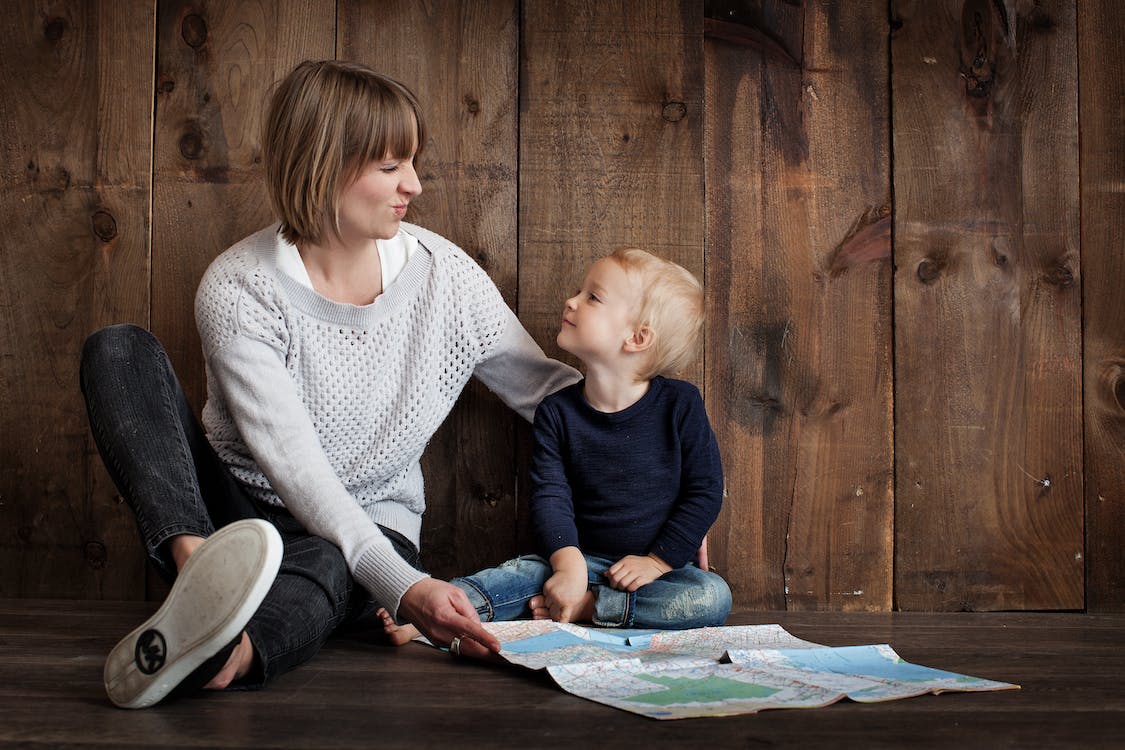

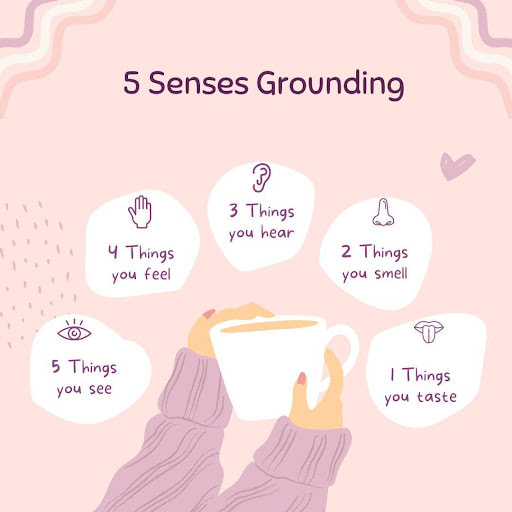
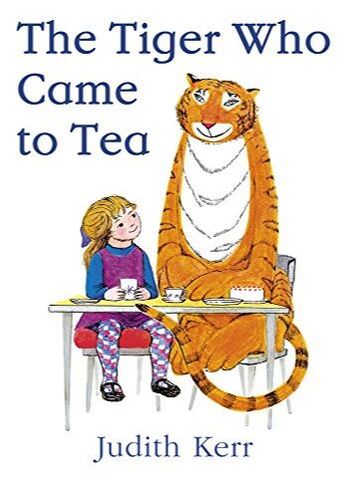






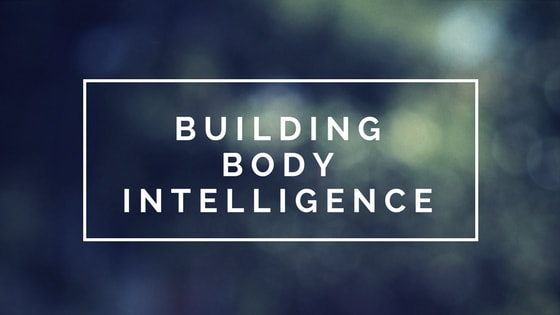
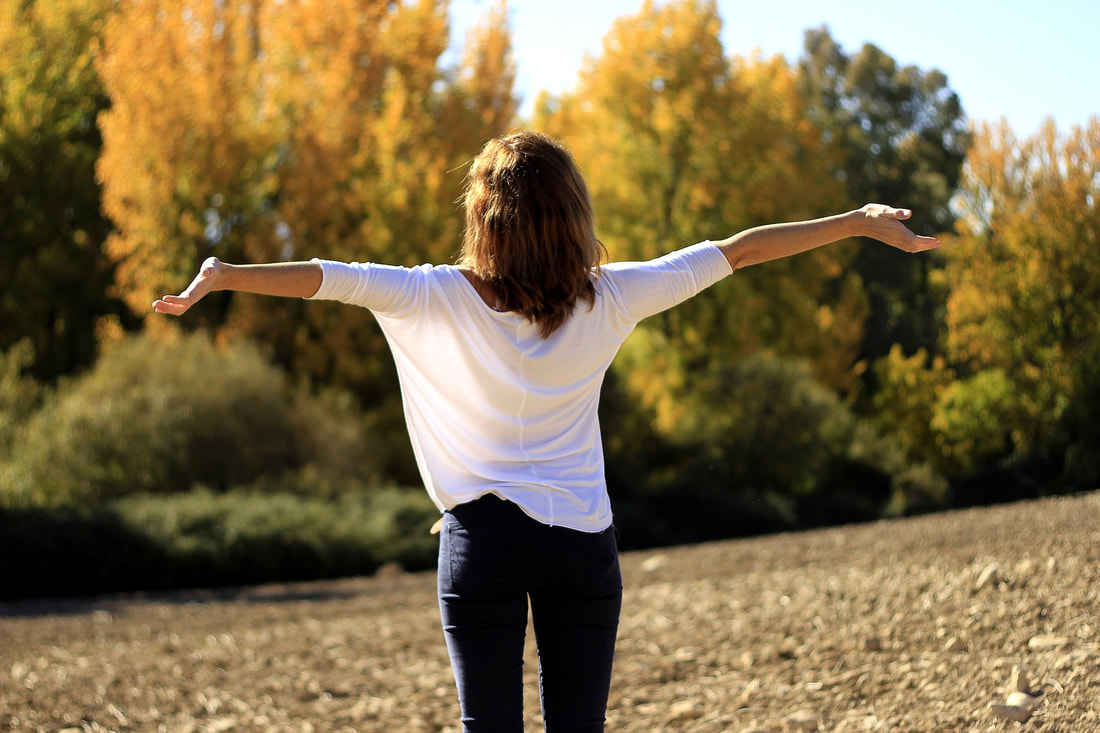
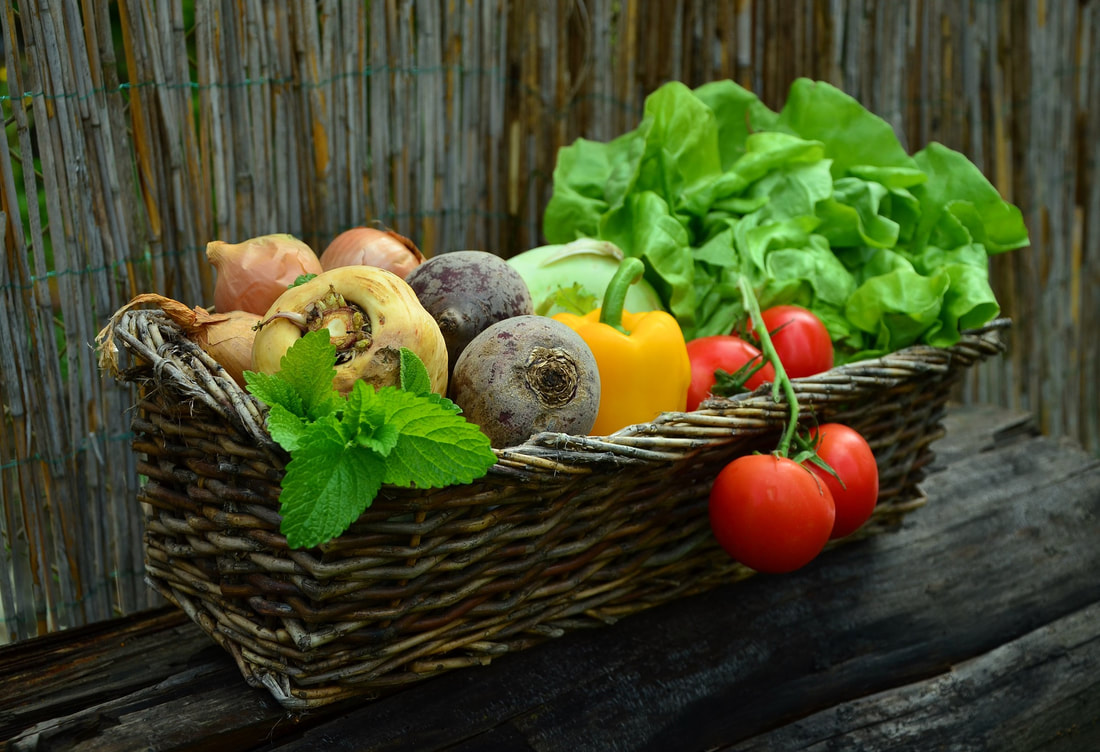


 RSS Feed
RSS Feed
